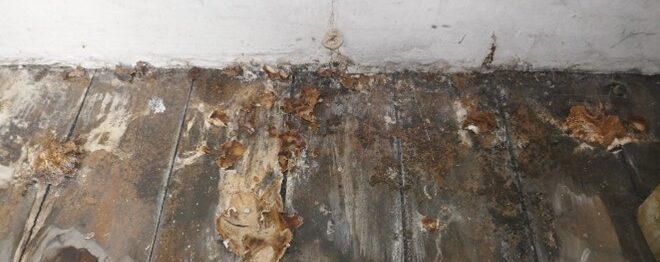

The vast majority of commercial leases contain repairing obligation clauses which specify the extent of the tenant’s responsibility to maintain and repair the property being leased. The landlord will be concerned to see that the property is not devalued by a tenant’s neglect, so clauses in the lease will set out cleaning, redecoration, repair, prevention of alteration etc. Failure to comply with these clauses will leave the tenant open to landlord action to enforce the lease covenants.
Dilapidations are breaches of covenant to repairing obligations, leaving the landlord to recover the loss suffered as a result of the tenant’s failure to maintain the property as per the lease terms and/or return the property in its original state at the end of the lease term.
Bradley-Mason LLP are leading specialist commercial dilapidations surveyors acting for tenants and landlords in all aspects of dilapidations and leasehold repair matters. Our Dilapidations Surveys are highly detailed investigations into the current condition of the building and can be undertaken during the lease term or towards the end of a tenancy.
Established in 2004, we use a proactive approach to advising clients aimed at ensuring compliance with the Dilapidations Protocol while avoiding unnecessary costs and minimising the need for lengthy disputes or legal proceedings. Take a look at some of our Dilapidations Settlements and Surveys Case Studies to see the depth and breadth of our work.
Why tenants should consider dilapidations at the outset
When searching and budgeting for business premises, business will typically consider obvious cost lines such as rent, business rates, utility bills as well as any service change and fit-out costs. However, thinking about dilapidations liabilities that might arise at the end of the lease is unlikely to be front of mind at the beginning of the term. Unfortunately, ignoring or underestimating the impact of dilapidations can lead to potentially expensive and unexpected costs being incurred.
Much better outcomes can be achieved by agreeing clear repairing and dilapidations clauses at the outset. This is key information that the tenant can use for assessing the suitability of the premises before signing the lease and estimating their liability during and at the end of the lease.
In particular, the following factors should be taken into account:
- Age, size and type of property
Are you looking to rent modern office premises or a period building? Is it a small retail unit or a large industrial shed? - Construction materials
What is the physical condition of the building? What building materials are used? Is there evidence of deleterious materials or contamination? Is the building statutorily compliant? - Lease term
How long is the lease? Is it a new lease or are you taking over a remaining lease from another party by way of assignation? - Schedule of Condition
Does the lease contain, or can you insist on obtaining, a photographic record to show the property’s condition as a benchmark for your repairing obligation? - Repairing obligations
What is the extent of your liabilities? Are you responsible for the interior or the entire building? Do you need to redecorate at the end of the lease? Who repairs the roof? - Fit-out
Are there any conditions/limitations for fitting out the leased premises? Do you need to remove your fit-out and reinstate the property to its original condition when you exit?
What happens at the end of the lease term?
A commercial lease will usually allow the landlord to serve a Schedule of Dilapidations on the tenant specifying any repairs that the tenant is liable for during the lease term and within a reasonable amount of time after the end of the lease. We would recommend that a specialist dilapidations surveyor such as Bradley-Mason LLP is instructed to prepare and serve the necessary documents.
Where a dilapidations liability exists, the following options may be suggested:
- The tenant will complete the necessary works at their own expense. Where they fail to do so, the landlord will instead complete the necessary works at the tenant’s expense.
- The landlord will complete the necessary works at the expense of the tenant.
- The tenant will pay the landlord compensation equivalent to completing the necessary works, regardless of whether the landlord actually carries out the works.
How Bradley-Mason LLP can help
Dilapidations is a complex area that requires specialist expertise to advise and guide both landlords and tenants. The sums involved in disputes and litigation can run into millions of pounds, so getting the basics right at the beginning is of critical importance.
At Bradley-Mason, our experienced dilapidations surveyors provide extensive expertise and professional advice regarding potential dilapidations under new or existing lease arrangements. We can also help with regular advice in respect of interim dilapidations during the lease term. Whether you are a landlord concerned about your tenant’s breach of repairing obligations, or a tenant concerned about your landlord’s unrealistic dilapidations claim, we can advise on the obligations under the lease, ascertain the legal position and develop a strategy to agree an acceptable outcome.
Get in touch to discuss your dilapidations matter with our expert team.
DISCLAIMER: This article is for general information only and not intended as advice. Each project has its own set of unique circumstances, all potential issues should be investigated by a surveyor on a case by case basis before making any decision.



